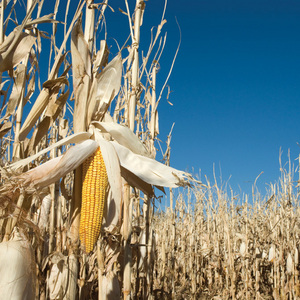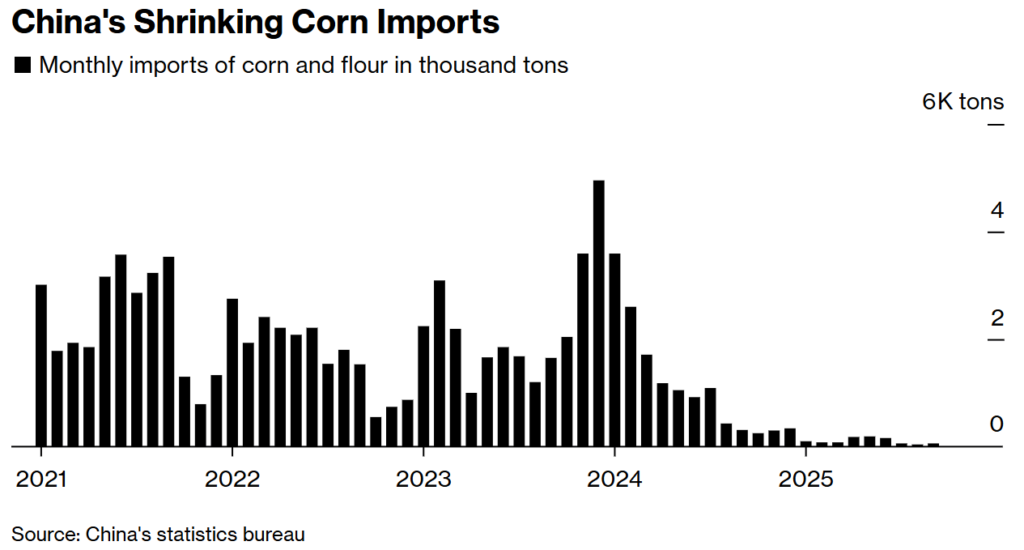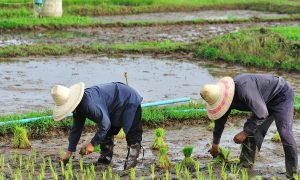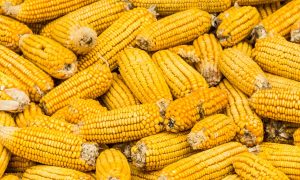China is struggling to save its corn harvest after heavy rains ruined crops.

Heavy rains in northern China have disrupted the harvest, especially in major corn-producing provinces like Henan and Shandong, leading to crop rot and reduced grain supplies. Farmers are rushing to sell wet crops, pressuring prices. The government has allocated funds for grain drying and drainage, while concerns remain for rice, sugarcane, and winter wheat planting.
Heavy rains in northern China disrupted the harvest and caused crops to rot in fields, reducing grain supplies, UkrAgroConsult reports, citing Bloomberg.
According to the National Climate Center, leading corn-producing provinces, including Henan and Shandong, have experienced the longest and heaviest rainy season in 60 years. The northern region accounts for at least 30% of China’s total grain production, but some fields are too wet for harvesting. There is a risk that the harvested corn could become moldy.

Most of China’s corn is used as animal feed, although it is also consumed as snacks and processed into ethanol for blending with fuel. The country is becoming increasingly dependent on its own production, reducing purchases from countries like the US in an attempt to bolster food security.
This creates vulnerability at a time when climate change is making weather increasingly unpredictable. Imports in 2025 have fallen by 93% to less than 1 million tons.
Farmers rushed to sell their recently harvested crops rather than store them and wait for quality to deteriorate. This puts pressure on prices, which fell more than 3% in Henan in October. The government also took countermeasures, allocating 484 million yuan ($68 million) to support grain drying and field drainage, among other measures.
Other crops, from soybeans to peanuts, were also affected. The harvest of late grain crops in China is only 70% complete, so the full impact of the rainy weather on the quality and quantity of the harvest has yet to be assessed.
Although the prolonged rainfall in the North and West is ending, tropical storms moving south could impact rice and sugarcane crops. The next phase of planting is also attracting attention. Winter wheat is typically sown in the North starting in October, and the Ministry of Agriculture has launched a 60-day flood relief campaign.
To Read more about Maize News continue reading Agriinsite.com
Source : Ukr Agro Consult
















